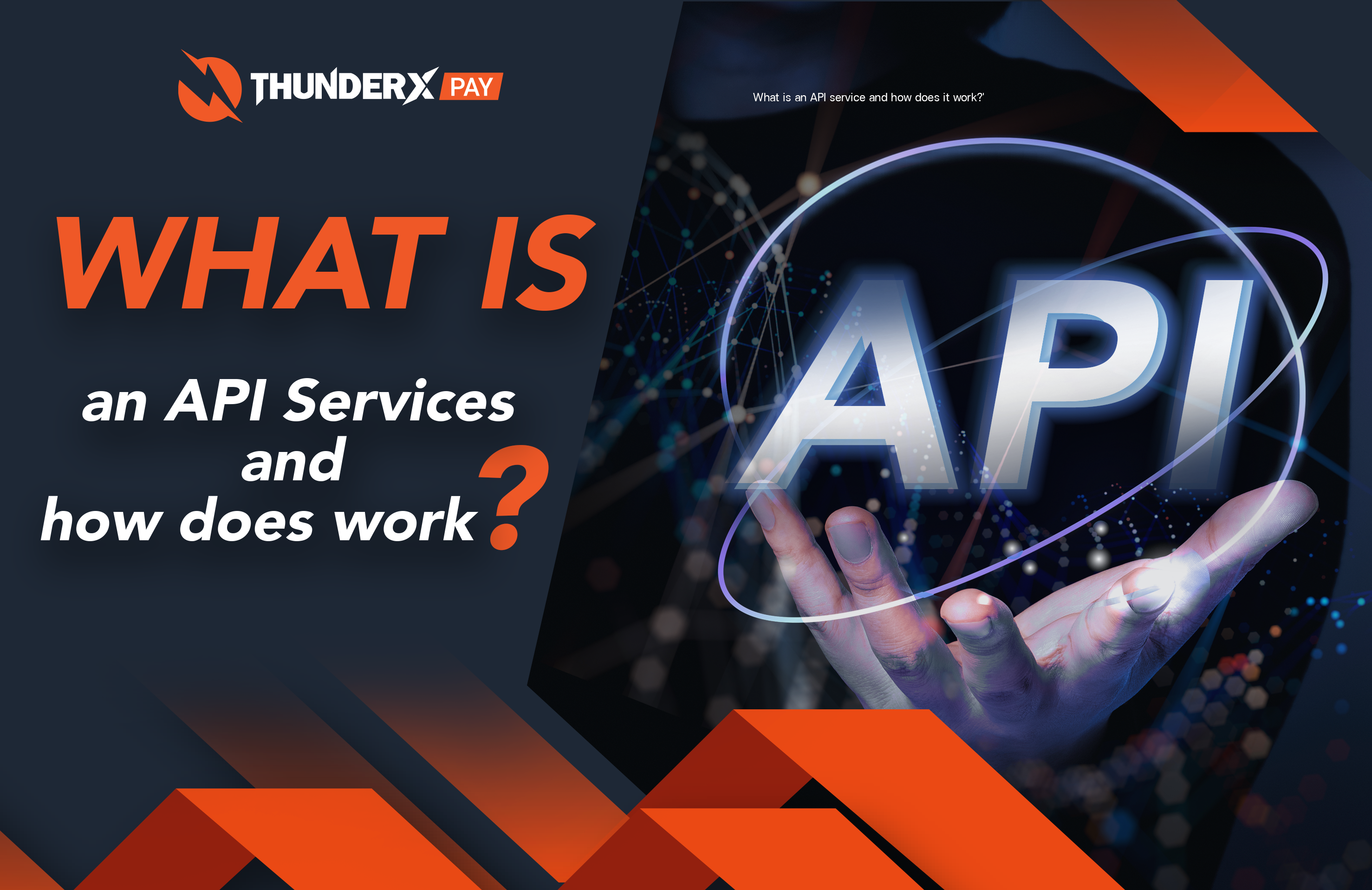Open banking, with the help of APIs, is considered to be one of the biggest advancements in the banking industry. It has provided businesses and consumers easy access to custom banking services while also ensuring complete safety and enhanced efficiency. Check out this post to find out what banking APIs are and how they work.
The modern banking industry is often the first to experiment with and benefit from newer technologies. Meeting the changing needs of consumers and battling competition are two of the biggest reasons why top banks all over the world, especially in the Kingdom of Thailand, now devour the latest technologies faster than ever.
Open Banking is one such recent innovation. It involves the use of APIs that have access to the core system of a bank. These APIs can then be used by 3rd parties within their organisation/platform or be offered to consumers for a more personalised banking experience. Let us have a look at what banking APIs are and how they work.
What are API Banking Services?
An API or Application Programming Interface, enables a 3rd party application to use a particular interface through which it can access a common set of tools or services. In banking, this means a bank can offer 3rd party access to its custom services through dedicated APIs. Multiple 3rd parties can then use banking services or also offer the same to their customers.
Some of the top banks in Thailand now also allow developer organizations to use their API platform to build custom APIs. From building an API from scratch, testing it, and going live, banks offer all the tools and features to developers to build powerful and efficient APIs.
What are the different types of bank APIs?
A few top banks in Thailand now offer a host of banking API banking services spread across categories such as Accounts and Deposits, Payment Gateways, Loans and Cards, Trade Services, and Business Banking. There are innumerable ways in which these APIs can be used by 3rd parties.
For instance, a FinTech platform that offers retail loans can make use of the API to check the CIBIL score of a customer or verify their PAN details. Similarly, a business can integrate its Enterprise Resource Planning (ERP) with API banking for managing their cash receivables and payables directly through their ERP.
Banking APIs: Fast, Secure and Efficient
In a way, the API services and the access they offer to the core banking data, help in eliminating barriers between businesses as all of them have access to the same data. Ultimately, this helps with the overall growth of the financial industry, along with improving the quality of services available.
With many different Application Program Interface types being launched by banks, API banking services are only expected to get more popular in the future. If you run a business, get in touch with a reputed bank offering such services to know more about how the APIs can benefit you.
Published 01/02/2022
By Michael Saichuk

